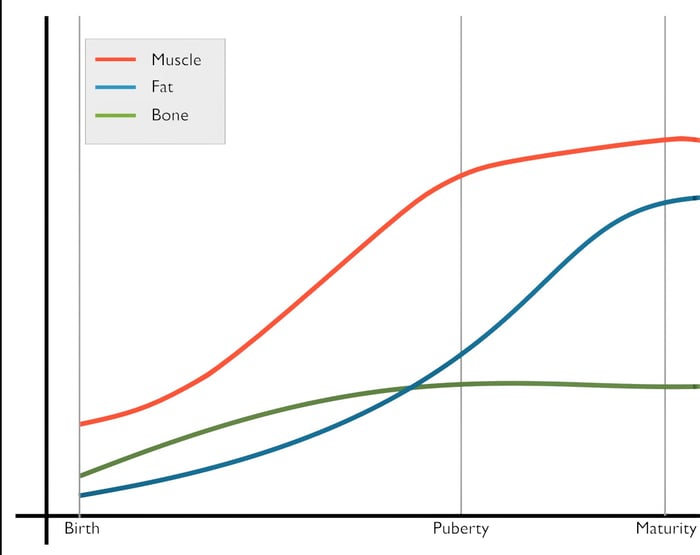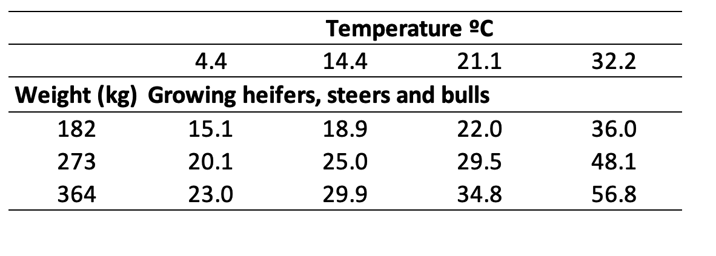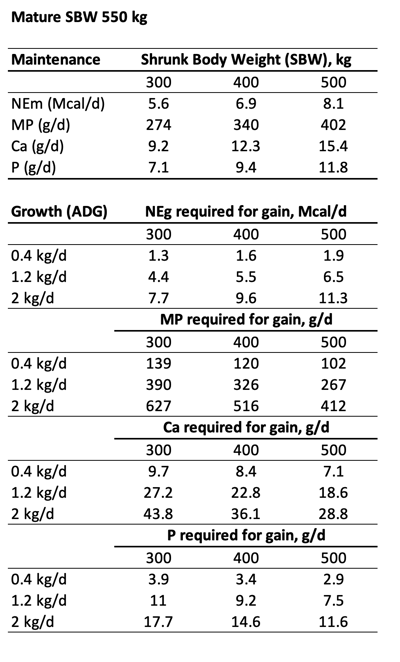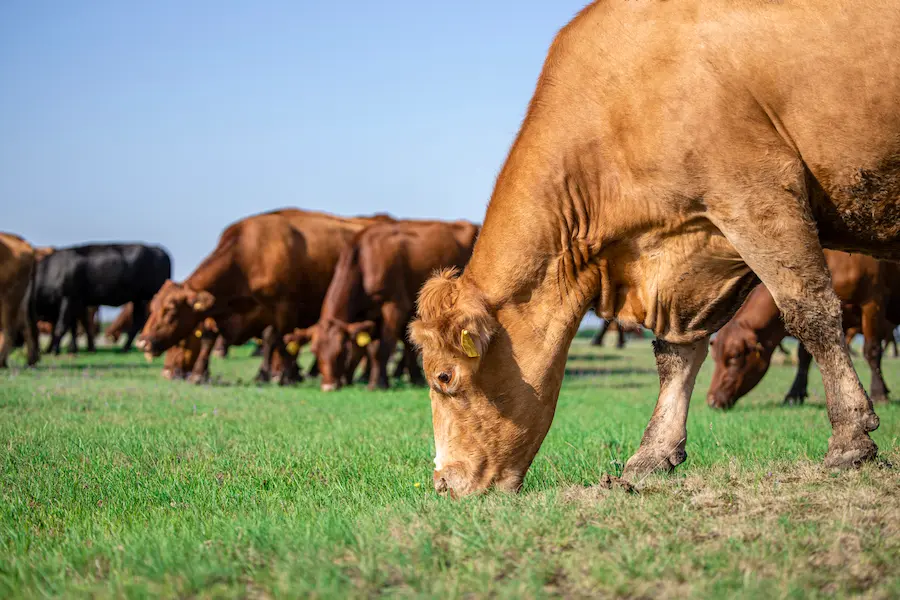Meeting the nutrient requirements of beef cattle is an essential tool for achieving maximum performance. Whether in pasture, free range or in feedlot conditions, effective and efficient feeding depends on the suitable diet formulation. For this, an adequate understanding of the essential nutritional requirements of the animal is vital to determine the amount of nutrients needed to reach the performance target and make effective nutrition-related decisions. Nutrient requirements of cattle change based on the stage of production, age, class, breed, performance level, and physiological state.
The basic principle when feeding ruminants should be: roughage as basis of the diet, and then supplement with concentrate feeds when roughage is not enough, providing the necessary nutrients to ensure nutritional requirements.
Dry matter intake1
To properly feed we need to know how much the animal will effectively eat, but… there is no simple and fast way to have this information. Dry matter intake is affected by animal body weight, production stage, forage quality, supplementation level, and environmental conditions. Depending on the quality of the diet, an adult beef cow will usually consume somewhere between 1.5 – 2.7 percent of her body weight1. Practitioners should look for estimates of feed intake according to the animals, or group of animals that they are aiming to feed. Information can be found in different references.
Water
Water is a nutrient and a key component for temperature regulation, growth, reproduction, lactation, and many metabolic functions. The water requirement is influenced by several factors, including pregnancy, lactation, activity, diet, intake, and temperature. For example, a 364 kg heifer at an environmental temperature of 4.4 °C can be expected to consume 23 L per day; at 21°C, this will increase to 34.8 L per day1 (Table 1). Ad libitum good quality water should always be available.
Energy
The energy used by animals is obtained from food through digestive and metabolic processes. Productive animals use energy for maintenance (to keep the basic needs to maintain the organism’s normal functioning – NEm) and for production, in the case of beef cattle, growing and reproduction (NEg – amount of energy deposited as muscle and/or fat in animals gaining weight). Energy requirements increase with level of production and should always be met to ensure optimum production levels.
Maintenance energy requirements are usually met by good quality forage or well managed quality pastures. Attention should be given when forage quality and/or pasture availability is low, and supplementation may be advised.
For production, supplementation with concentrate feeds may also be needed since requirements increase (Table 2).
Protein
Protein requirements can be expressed as metabolizable protein (MP), that will be used by the animal for maintenance and growth protein requirements. Metabolizable protein includes undegraded feed protein that escaped microbial fermentation in the rumen plus microbial protein. To establish the requirements of the animal, the maintenance of the functioning of the ruminal environment is considered, so that at least the minimum amounts necessary are available to maintain the fermentation process of the ruminal microorganisms and, consequently, the process of ruminal degradation of the ingested food. The dietary level of degradable protein in the rumen must be adjusted as a function of its fermentable organic matter content to maximize the production of the microbial protein of high biological value. As with energy, the requirement is a function of the animal's growth curve and maturity (Table 2).
The level of digestible protein is quite variable amongst feeds, if looking only to the total protein intake might not prevent MP deficiency. Ensuring the needed amount of metabolizable protein is essential to guarantee production level.
Minerals and vitamins
Beef cattle need daily macro- and microminerals, which are the 14 main minerals considered for animal nutrition. As with protein and energy, requirements are basically a function of the animal’s live weight and production level. An important concept is the bioavailability of minerals, a factor that affects the use of the supplied mineral depending on its source.
Adult ruminants produce hydrosoluble vitamins, although there are some benefits with the supplementation. Thus, dietary sources of vitamins C and K and the B-vitamin complex are only necessary for young animals. Vitamins K and B are synthesised in sufficient amounts by the ruminal microflora, and vitamin C is synthesised in the tissues; however, if rumen function is compromised synthesis of these vitamins may be impaired.
Growth2, 3, 4
As the physiological maturity of the animal approaches, the rate of muscle deposition decreases and fat increases. The tissues develop in a specific sequence, beginning with the nervous tissue, followed by bones and muscles, and, finally, the adipose tissue (Figure 1). From birth to puberty, the growth rate of muscle tissue is greater than the rates of bone and adipose tissue, whereas after puberty to maturity, the growth of adipose tissue predominates. The adipose tissue is the last to be deposited, with more accentuated growth after puberty, when the muscular growth begins to diminish. At maturity, the muscle growth is zero, or rather, it is the moment when the muscle mass reaches the maximum peak, where the weight gain is composed only of fat, implying higher food consumption and, consequently, higher costs. Having this information in mind is important to understand the changes in nutrient requirements throughout the growth curve of the animal, and also to adapt diet formulation in order to ensure maximum feeding efficiency

Figure 1: Body weight changes and relative weight contribution in bones, muscles, and body fat over time of growing cattle. Adapted Luchiari Filho (2000).
Table 1. Approximate Total Daily Water Intakea (Liters) of Beef Cattleb (adapted from Nutrient Requirements of Beef Cattle: Eighth Revised Edition, Committee on Nutrient Requirements of Beef Cattle)
a Winchester and Morris (1956), referred by Nutrient Requirements of Beef Cattle: Eighth Revised Edition, Committee on Nutrient Requirements of Beef Cattle
b Adapted from Nutrient Requirements of Beef Cattle: Eighth Revised Edition - Committee on Nutrient Requirements of Beef Cattle
Table 2. Nutrient Requirements for Growing and Finishing Cattle for a mature shrunk body weight of 550 kg a

a Adapted from Nutrient Requirements of Beef Cattle: Eighth Revised Edition - Committee on Nutrient Requirements of Beef Cattle
Key take aways
To understand beef cattle nutrient requirements, one must take on board that:
- Water intake below the requirement will reduce feed intake, which will necessarily lead to a decrease in nutrient intake for the animal.
- A balanced diet with all the nutrients that the animal needs is a key to reach the maximum performance target and minimize feeding costs, ensuring optimal feed efficiency.
- Knowing the growth curve rate and efficiency differences will allow a better diet formulation and feed efficiency.
To end…
The practitioner must look to ensure that nutritional requirements are met, but taking into consideration the animal’s physiology, the environment, and ultimately the available feed sources. This involves evaluating their nutritional and economic value, their availability and creating blends that promote the animal’s welfare, expression of normal behaviour and production efficiency.
References
National Research Council. Nutrient Requirements of Beef Cattle (8th ed.), The National Academies Press, Washington, DC (2016).
Luchiari Filho, A. Pecuária da carne bovina. 1a ed. São Paulo, 2000.134p.
Hamrick, M.W., McNeil, P.L., Patterson, S.L. (2010). Role of muscle-derived growth factors in bone formation. J Musculoskelet Neuronal Interact. 10(1):64-70.
Owens, F. N., Gill, D. R., Secrist, D. S., & Coleman, S. W. (1995). Review of some aspects of growth and development of feedlot cattle. Journal of Animal Science, 73(10), 3152-3172. https://www.doi.org/10.2527/1995.73103152x
About the author
Shirley Motta (Researcher FeedInov CoLAB)
Shirley Motta is a Zootechnical Engineer. She holds a master’s degree and a PhD in Animal Nutrition from the University of Viçosa, Brazil. She also holds a Post-doctorate in Animal Nutrition from the University of Aberdeen/Rowett Institute in Scotland. She is a researcher at FeedInov CoLAB in the Nutrition & Feeding Department. Her main work focuses on alternative feed use to reduce the use of natural resources, environmental impact from livestock systems, and innovation in animal nutrition.
Explore author’s articles



Leave your comments here